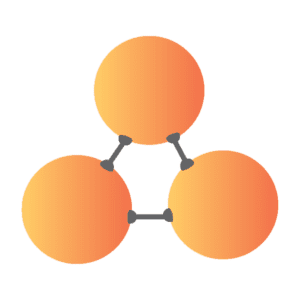
Good Ozone
The scientific definition of ozone (O3) is a gas composed of three oxygen atoms that is highly reactive. That is all.
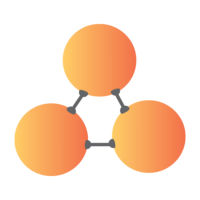
Good Ozone
The scientific definition of ozone (O3) is a gas composed of three oxygen atoms that is highly reactive. That is all.
Ozone (O3) is created when the sun’s rays break up an oxygen molecule (O2) into single independent atoms and then they in turn re-attach to another oxygen molecule to form ozone (O3). Known to be in the higher atmosphere to protect life on earth from harmful UV rays.
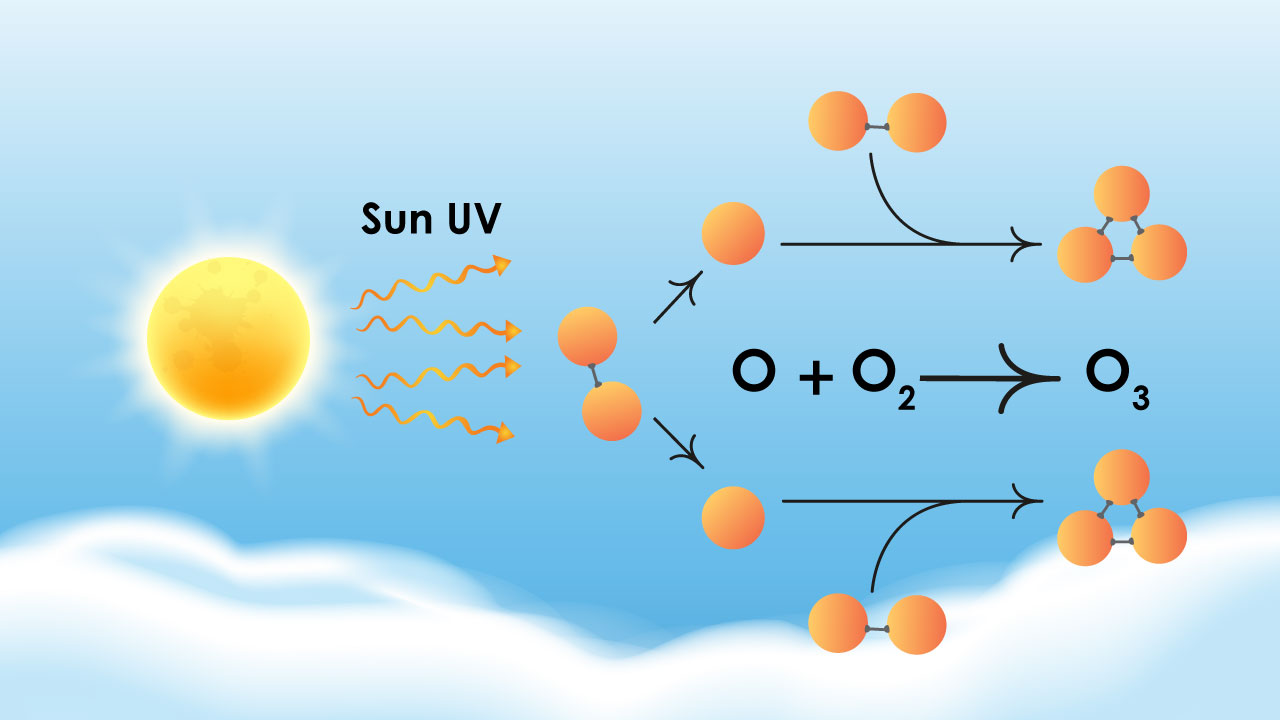
Ozone (O3) is created when the sun’s rays break up an oxygen molecule (O2) into single independent atoms and then they in turn re-attach to another oxygen molecule to form ozone (O3). Known to be in the higher atmosphere to protect life on earth from harmful UV rays.
In the atmosphere on ground level, ozone is effective in deactivating microorganisms such as bacteria, viruses, mould and fungi. It eliminates various harmful carcinogenic gases and Volatile Organic Compounds (VOCs). As this is a natural occurrence and something that nature provides us, it does not adversely affect human beings and animals in any way.
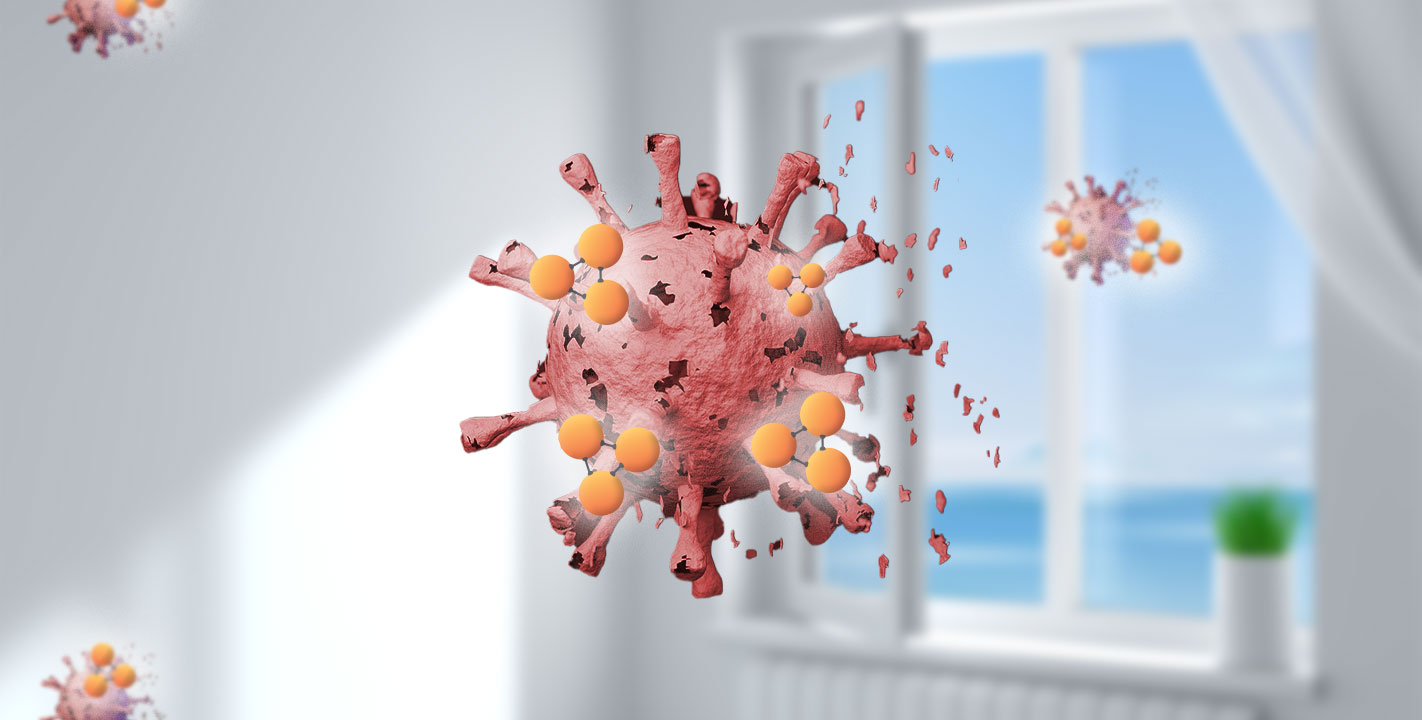
In the atmosphere on ground level, ozone is effective in deactivating microorganisms such as bacteria, viruses, mould and fungi. It eliminates various harmful carcinogenic gases and Volatile Organic Compounds (VOCs). As this is a natural occurrence and something that nature provides us, it does not adversely affect human beings and animals in any way.
The Ozone (O3) along with negative ions (O-) that is produced by Medklinn Cerafusion™ Sterilization Technology is based on the scientific definition and understanding, emulating mother nature to create a higher level of hygiene and safety for all indoor environments.
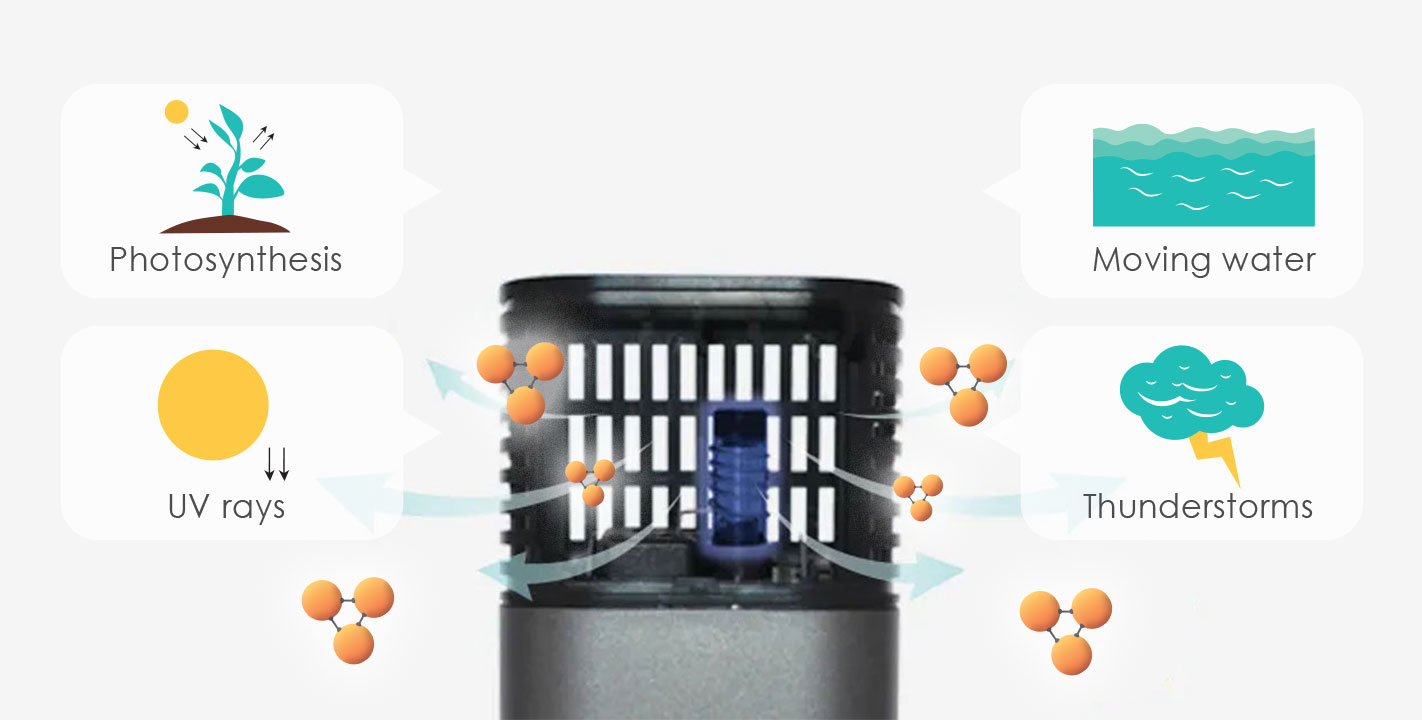
The Ozone (O3) along with negative ions (O-) that is produced by Medklinn Cerafusion™ Sterilization Technology is based on the scientific definition and understanding, emulating mother nature to create a higher level of hygiene and safety for all indoor environments.
The Notion of Bad Ozone Arose Out of Definition and Terminology
A study was conducted on the impact of hydrocarbon emissions from vehicles and industries on human mortality rates. Pollution from vehicles and industries commonly referred to as “smog” – which consist mainly of carbon monoxide, nitrogen oxides, sulphur dioxide, volatile organic compounds, and other hydrocarbons – are on all accounts correctly reported as bad for human health. Also found within this group of pollutants was ozone. Because where there are higher levels of pollutants in the environment, there will be a higher level of ozone to help clean it.

Unfortunately, ozone was clustered in together with these other volatile pollutants and became a part of this group that made up “smog”. The higher the smog, the higher the ozone. Ozone then erroneously became the word to define these chemicals and by-products from the combustion of hydrocarbon. In other words, the study ended up using the word “ozone” to mean smog and pollution – thus portraying ozone as something entirely negative and detrimental to health when its very existence is to help the environment and our health.
Thereafter, the EPA has referred to smog as “ozone pollution” or “ground level ozone” (with no explanation that it defines “smog” as “ozone”), building the misconception that ozone is unhealthy. The reality is that smog (carbon monoxide, nitrogen oxides, sulphur dioxide, volatile organic compounds, and other hydrocarbons) is bad for human health, while ozone (O3) is good.
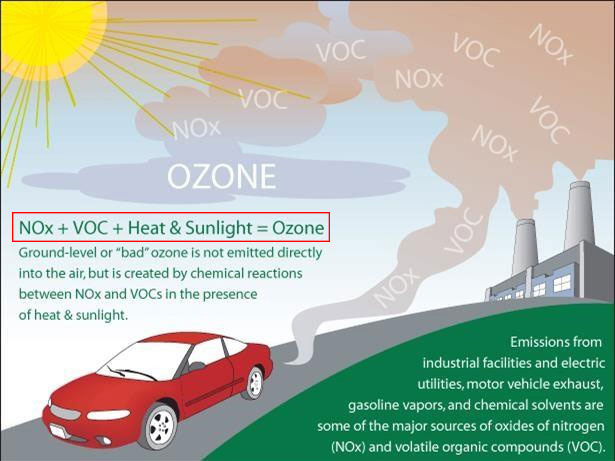
This graphic by the EPA clearly shows the confusion created. The EPA uses Ozone as the terminology to encapsulate ground level pollutants:
NOx + VOC + Heat & Sunlight = Ozone
The appropriate terminology should be Smog, not Ozone. Ozone as mentioned earlier is scientifically known as O3, composed of 3 oxygen atoms. Its natural composition does not include any harmful chemical.













